Seeker Bio
Canadian Museum of Human Rights in Winnipeg, Manitoba
A Journey Through the Dark and into the Light at the CMHR
Visiting the World's First Museum Dedicated to Human Rights
The Canadian Museum of Human Rights in Winnipeg, Manitoba was the attraction that I most wanted to see in Winnipeg. For one thing, the building looks incredible and the journey from darkness into hope and light on the interior is fascinating. Secondly, I have always been a bit of a nerd (vast understatement) when if comes to human rights and am personally grateful for the human rights that I do have. I'm not typically someone that can get lost in a museum for hours, but I could spend days in this one. The Canadian Museum of Human Rights in Winnipeg, Manitoba is a museum of ideas, as opposed to a museum of stuff. It is designed to educate, to challenge and to make you think. It is for all of these reasons that a visit to the Canadian Museum of Human Rights was a bucket-list adventure for me.
The Canadian Museum of Human Rights in Winnipeg, Manitoba
The Canadian Museum of Human Rights in Winnipeg, Manitoba is a very impressive building. It is architecturally stunning and is designed to emulate the Canadian Landscape. Additionally, the building itself is infused with human rights symbolism. For example, take the glass walls, called The Cloud. On one hand the Cloud reflects the skies and the Canadian landscape. On the other hand the shape of the Cloud looks like the folded wings of a dove. A rather fitting image for a building devoted to human rights, eh?
An Introduction to Human Rights
As visitors enter The Canadian Museum of Human Rights in Winnipeg, Manitoba the first hall serves as an introduction to human rights. This first hall shows a timeline of one hundred human rights milestones and setbacks from around the world spanning thousands of years. Opposite the history of human rights wall is a multimedia presentation with people from various walks of life and backgrounds speaking about what human rights means to them.
We Are All Born Equal
Towards the end of the first hall is a large sign with Article 1 of the Declaration of Human Rights printed for all to see. It reads, all human beings are born free and equal in dignity and rights.
Indigenous Perspectives Gallery at the CMHR
The next gallery that visitors enter into during their visit to the Canadian Museum of Human Rights in Winnipeg, Manitoba is the Indigenous Perspectives Gallery. Here visitors learn about the Indigenous world view that we are all connected to each other and to everything. This is the perfect mindset for starting a journey through the Canadian Museum for Human Rights.
Built in downtown Winnipeg where two rivers meet, this location has been a meeting place for First Nations peoples and the Métis for thousands of years. During construction, 400,000 Indigenous artifacts were recovered. Working with Indigenous Elders they literally laid the foundations for human rights and respect by placing over 500 traditional medicine bags in the piles that were drilled to support the building. There is something reassuring about knowing the museum incorporated human rights from the very foundation it was built upon.
Trace by Rebecca Belmore at the Canadian Human Rights Museum
This piece, called Trace, serves as a visual land acknowledgement honouring the original inhabitants of the land where the museum now stands. It is made with clay from Winnipeg. The clay beads are imprinted with the hands of local adults and children who collaborated with Rebecca Belmore who created the piece.
A Journey Through the Darkness and into the Light
However, this is a journey into hope and lightness so there will be times when visitors will also feel proud of the achievements made and inspired by those that took action. The building physically represents the journey through darkness and into the light with the lower levels being very dark. Lit alabaster ramps crisscross the building literally making a path of light that cuts through the darkness of black concrete walls. As museum visitors climb higher, the building becomes lighter culminating in the glass Israel Asper Tower of Hope looking out across the City of Winnipeg.
Canada's Human Rights Journey
This section of the Canadian Museum of Human Rights in Winnipeg , Manitoba examines Canada's journey with Human Rights. Each nook looks a different aspect of Canada's human rights history. Some issues most people will be familiar with and there are some that may come as a surprise. This gallery not only celebrates the progress that has been made in achieving human rights for all, it also doesn't shy away from reflecting on the mistakes that have been made along the way.
Examining the Holocaust
The Exhibit Examining the Holocaust looks at the factors that led to to the Holocaust, and what happened during it with the ultimate goal of learning from history so that we will recognize the signs of genocide and prevent it from ever happening again. This is one of several exhibits where visitors will wish they brought some Kleenex and one that has several WTF moments, like these medals.
These are Crosses of Honour for German Mothers. Granted, all moms deserve a medal but this one is strange and disturbing to say the least. The Nazis wanted to encourage their ideal women to have as many children as possible. Therefore, these medals were awarded to women based on the number of children they had. Bronze for 4-5 kids, silver for 6-7 and gold for 8 and more. Eight or more???!!! Seriously, can you imagine?
Turning Points for Humanity
Upon exiting Examine the Holocaust and several other genocides visitors reach the gallery of Turning Points for Humanity. This gallery in the Canadian Museum of Human Rights in Winnipeg, Manitoba serves to reinstall hope and inspiration. It explores how people have worked together to improve human rights. People like Nelson Mandela, an anti-apartheid activist and the first black President in South Africa, definitely an inspiration and human rights champion.
This gallery also includes at least one fallen human rights champion. Once a champion for peace and democracy, Aung San Suu Kyi had her honorary Canadian citizenship was revoked after she failed to denounce the Rohingya genocide carried out in Myanmar. Notice how her image isn't as vibrant as that of Nelson Mandela, this is because the CMHR has purposely dimmed the brightness of her image.
Beyond the Beat: Music of Resistance and Change
The temporary exhibit that was on during our visit was called Beyond the Beat: Music of Resistance and Change. This in an interesting and interactive exhibit featuring a multitude of musical genres throughout many eras. Upon entry, visitors receive a disc that look like a record. There are numerous locations in the exhibit where visitors tap an icon to listen to the music and watch videos of artists promoting equality and freedom. One of the larger displays feature Rage Against the Machine and even included their tour van. Which was far, very far from being a luxury tour van. Did you know that their song, 'Killing in the name' was written after the police officers who beat Rodney King were acquitted?
Raging Grannies - Inspiring Change
Another exhibit is dedicated to ordinary people inspiring change, like the Raging Grannies. They put a creative and humorous spin on their protests. The Raging Grannies dress up like sweet and innocent old grandmas. As such, they are often underestimated and able to get closer to the people they are trying to bring a message to. For instance, while protesting a government hearing about uranium mining, the Raging Grannies brought a laundry basket full of women's underwear to present their 'briefs' to members of their legislative assembly.
These Raging Grannies seem pretty awesome. I like to hope that by the time I become a Granny there will be nothing left to rage about, however should that not be the case then you just might find me joining these ladies on their quest to make the world a better place for their grandkids and to have a few laughs along the way.
Ongoing Struggle for Human Rights
The Canadian Museum for Human Rights in Winnipeg, Manitoba includes the ongoing struggle for human rights. This includes Russia's unprovoked invasion of the Ukraine in 20222. This exhibit features the stories and experiences of 11 artists. Despite the ongoing human rights violations in the Ukraine, their message is one of peace and healing.
Israel Asper Tower of Hope at the CMHR
Speaking of the ongoing struggle for human rights, a protest can currently be seen from the Israel Asper Tower of Hope, the symbolic representation fo light and hope at the Canadian Museum for Human Rights in Winnipeg, Manitoba. The camp that can be seen is Camp Marcedes. It is named after Marcedes Myran, an Indigenous women whose partial remains are believed to have been found in a landfill. To date four Indigenous women have been found in landfills. All are believed to be victims a serial killer.
Like the sign at the beginning of the museum, all people are born free and equal in dignity and rights. Protest signs read, 'They are not garbage'. The protestors want the landfill searched, all the women found and given the dignity they deserve. The issue is not that the government doesn't want to help, it is that they believe the search is too dangerous and will put other lives at risk. A feasibility study determined the cost of the search estimated it would cost $184 million, would take 3 years and that there was no guarantee they would find any remains because of the complexities of searching the landfill.
The Canadian Museum for Human Rights Boutique
After all the intensity, emotions and inspiration in the Canadian Museum of Human Rights in Winnipeg, Manitoba, the next logical stop is to check out the boutique where you can affect a small yet immediate change to helping make a better world. Everything in the boutique is ethically sourced, meets rigorous guidelines worthy of being sold in a human rights museum. Not to mention the socially conscious giftware and items they sell are exquisite and the proceeds support educational programs at museum. Sounds like a win-win.
Canadian Museum of Human Rights a Bucket List Attraction
The Canadian Museum of Human Rights in Winnipeg, Manitoba is a museum of ideas. It will open eyes, make people think and challenge visitors to think about how they would handle various human rights issues. This stop isn't just a must see when in Winnipeg, it should be on the bucket list of must see things in Canada.
Canadian Museum of Human Rights in Winnipeg, Manitoba
Visiting the World's First Museum Dedicated to Human Rights
Travel Guide
-
British Columbia
When you subscribe to the blog, we will send you an e-mail when there are new updates on the site so you wouldn't miss them.

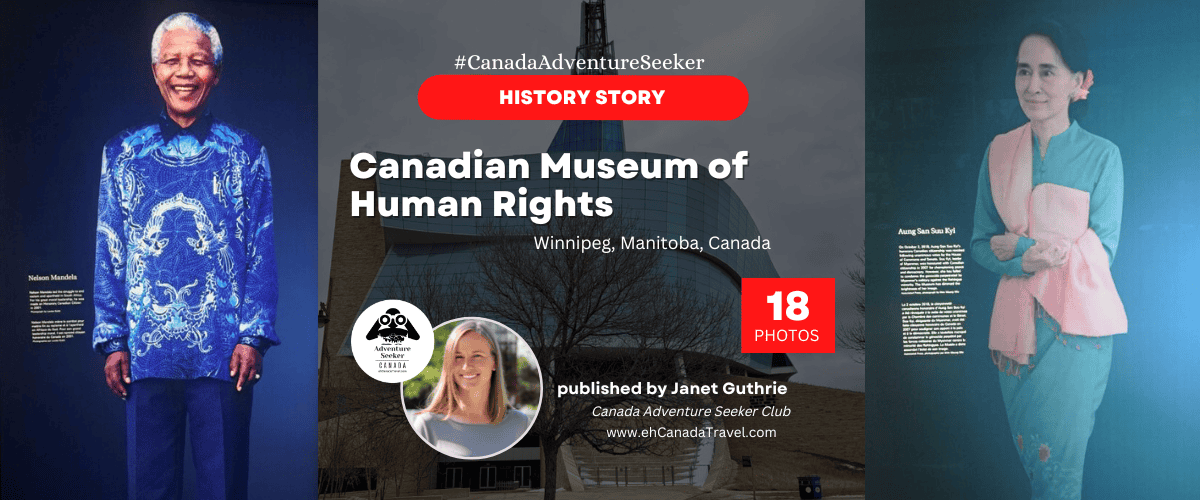
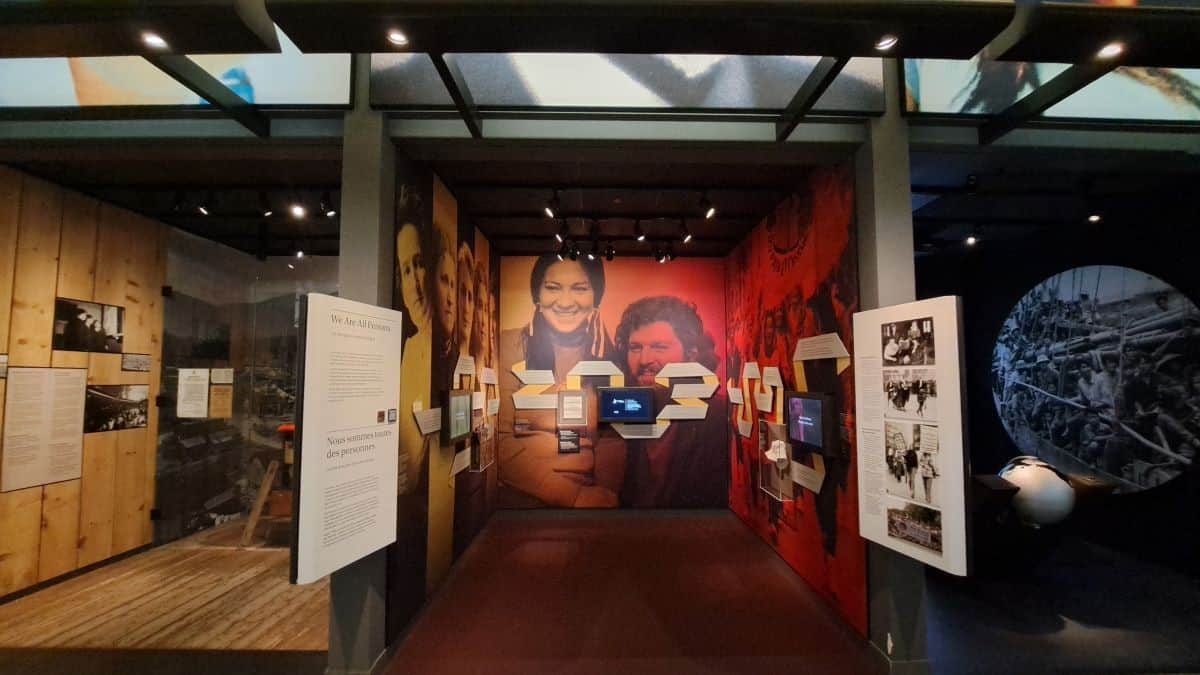
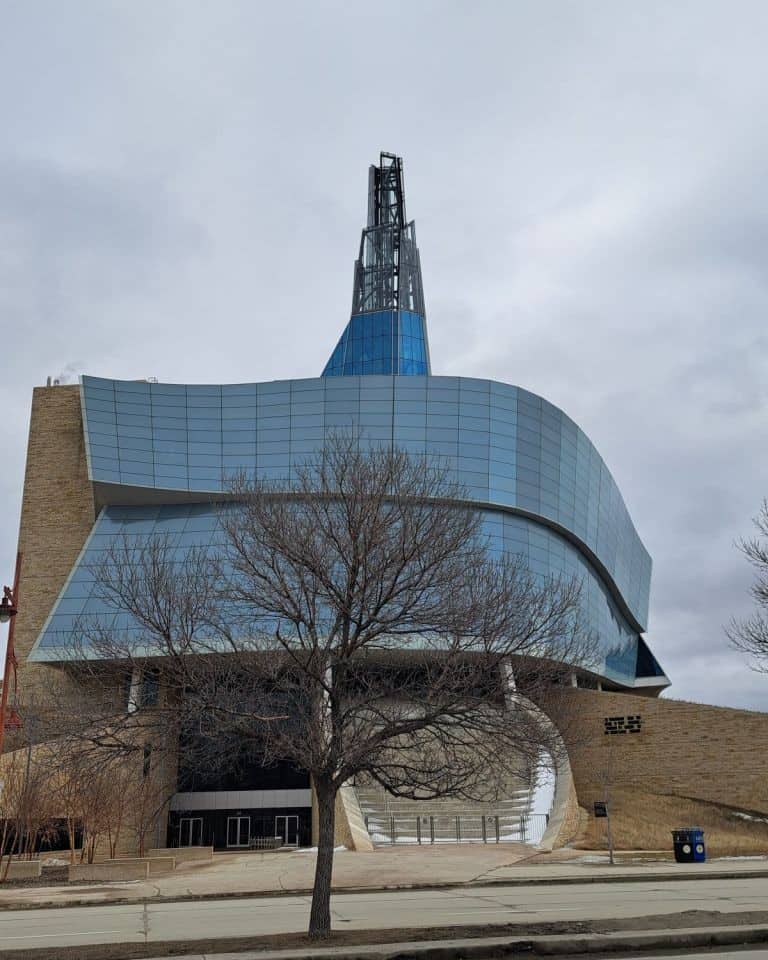
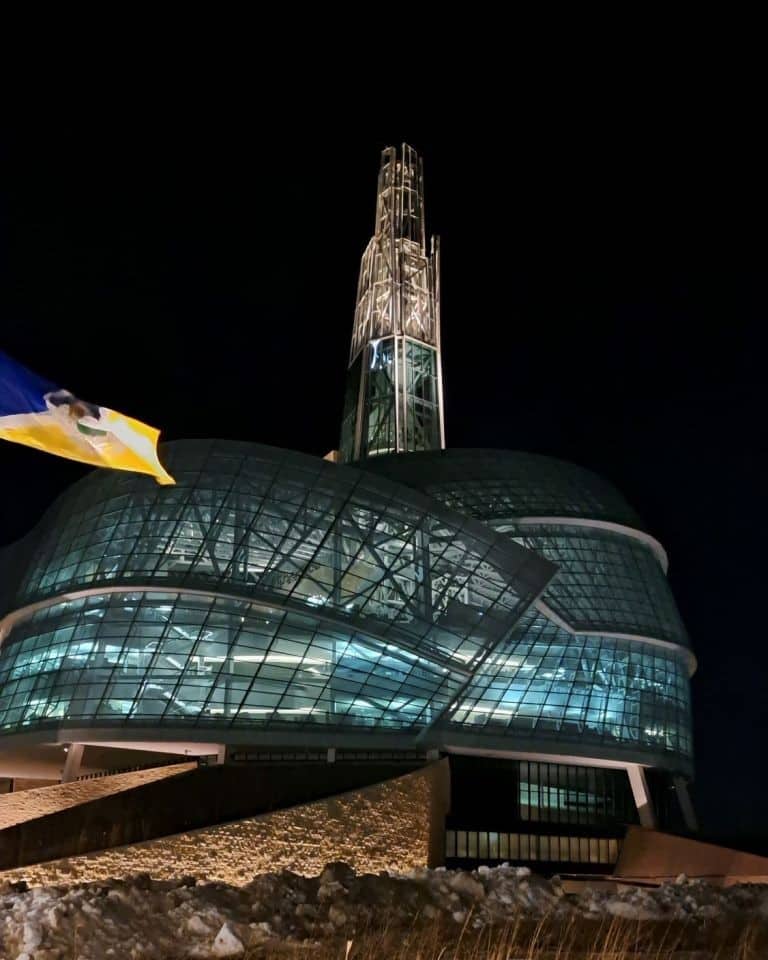
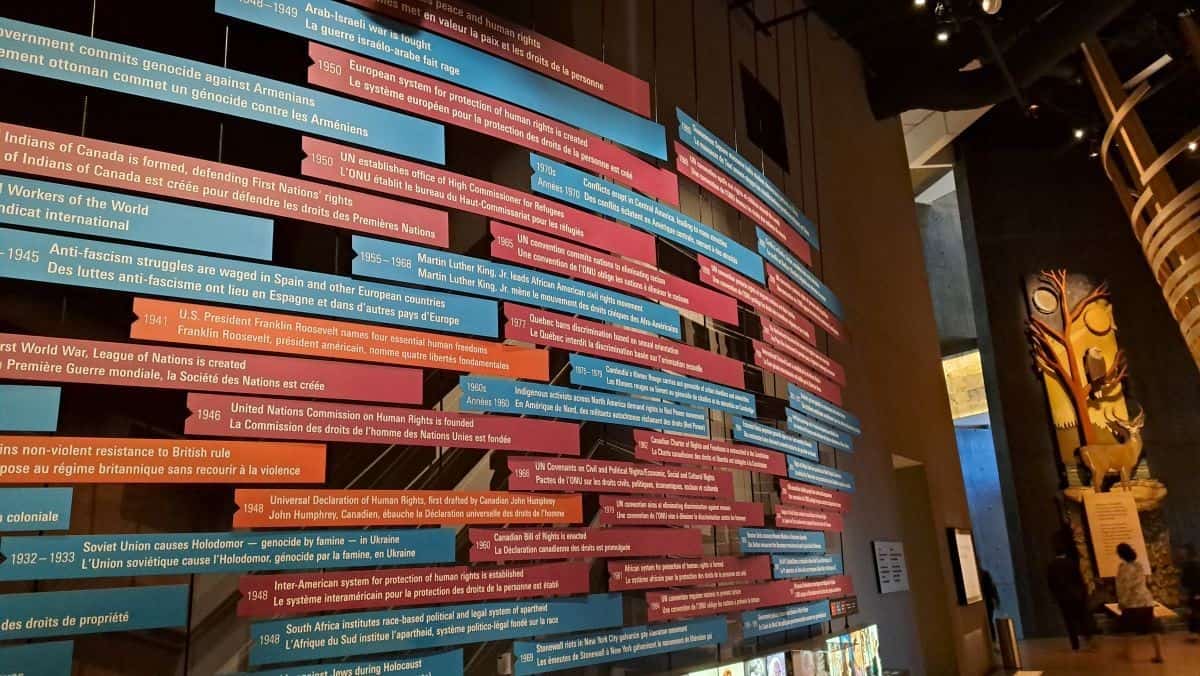
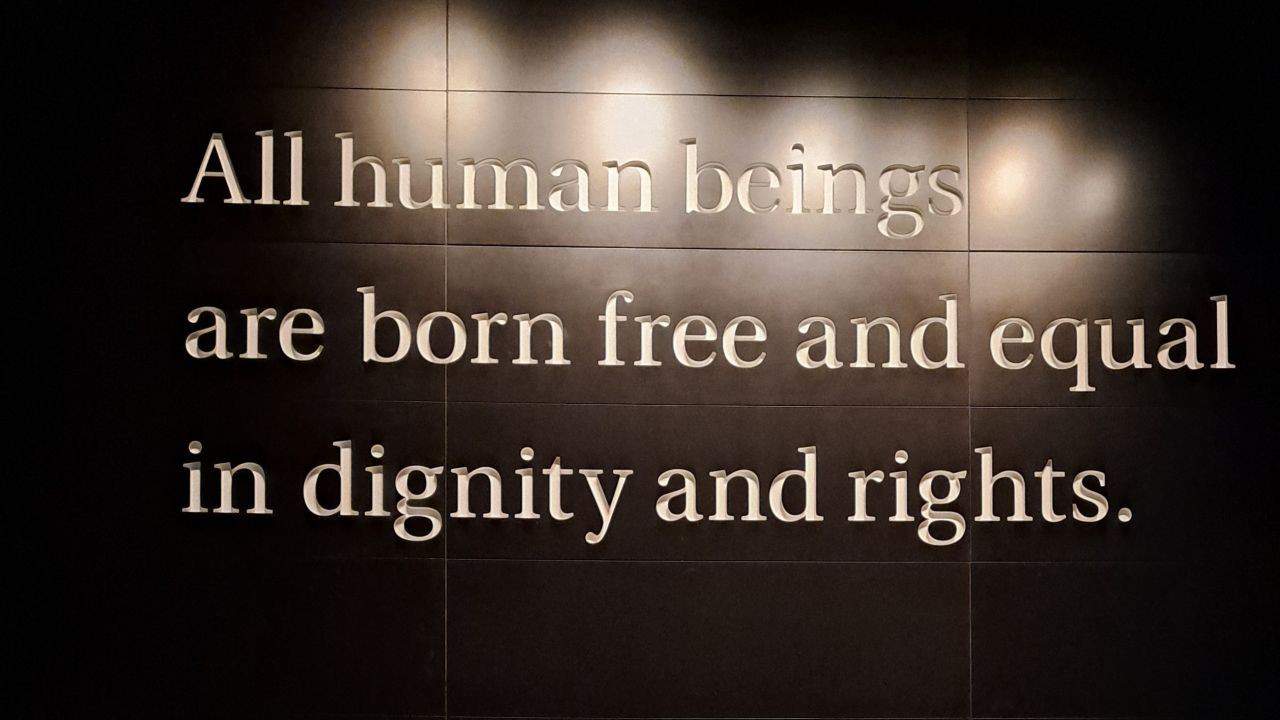
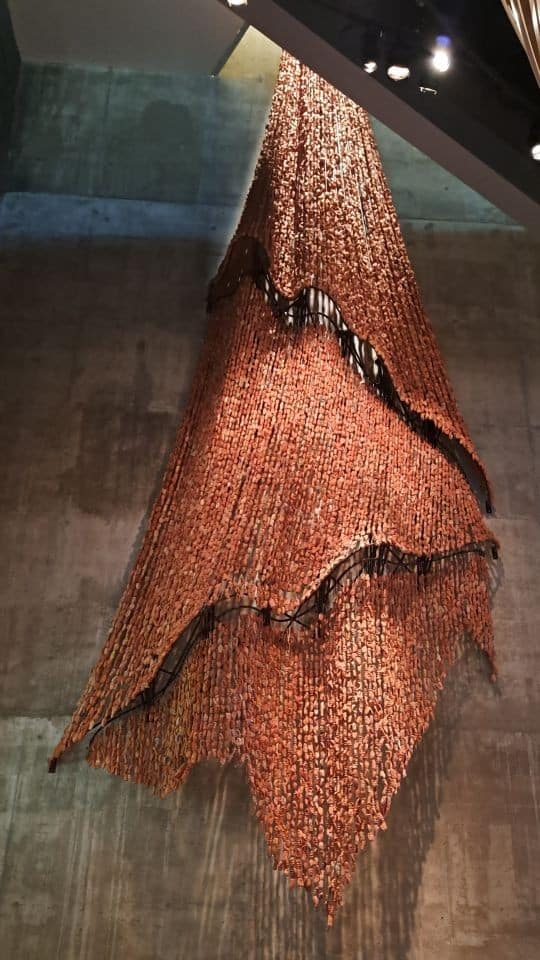
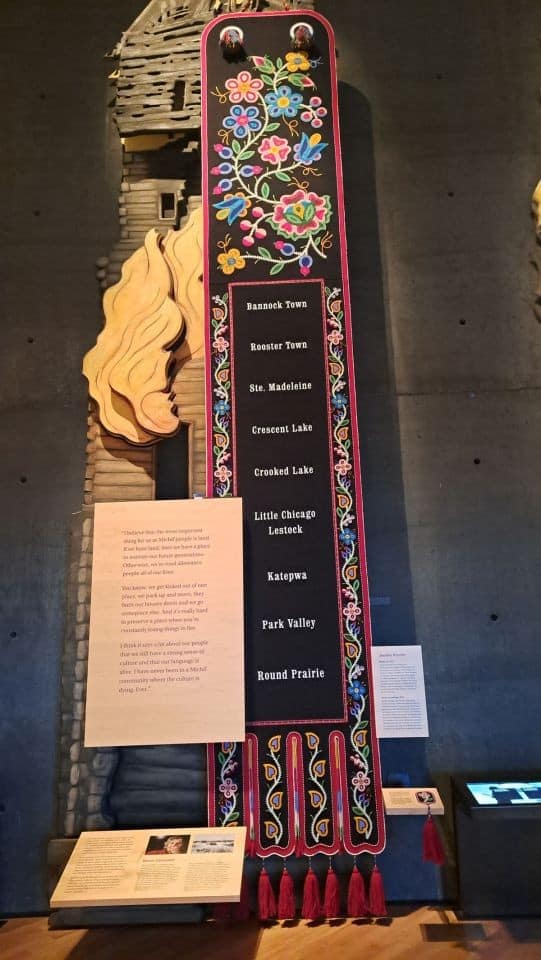
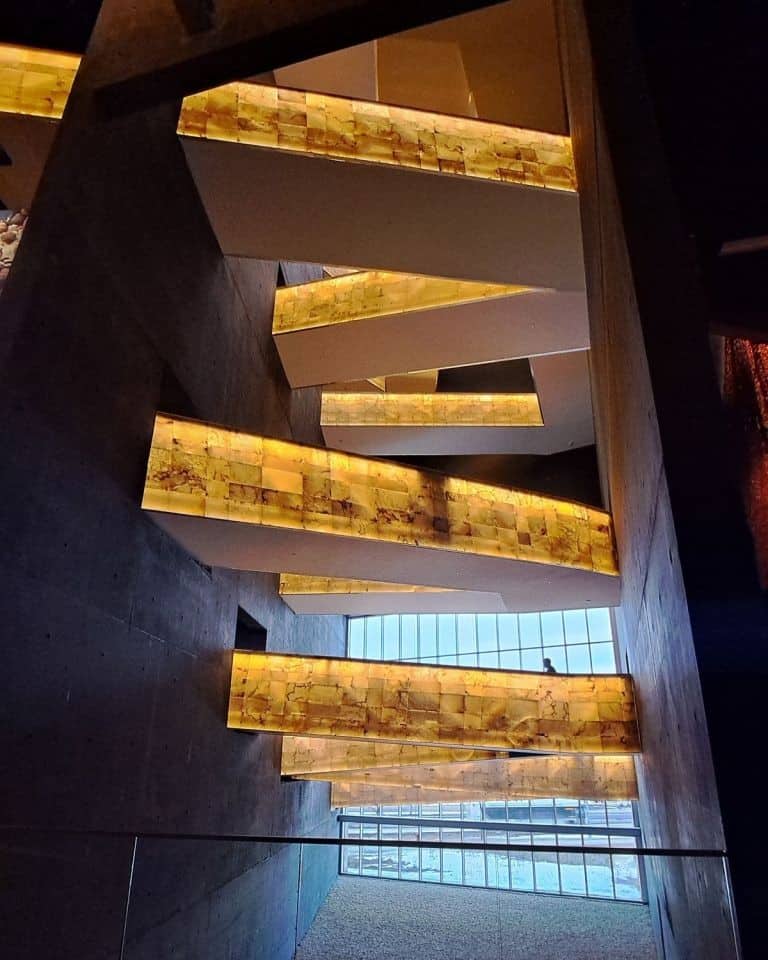
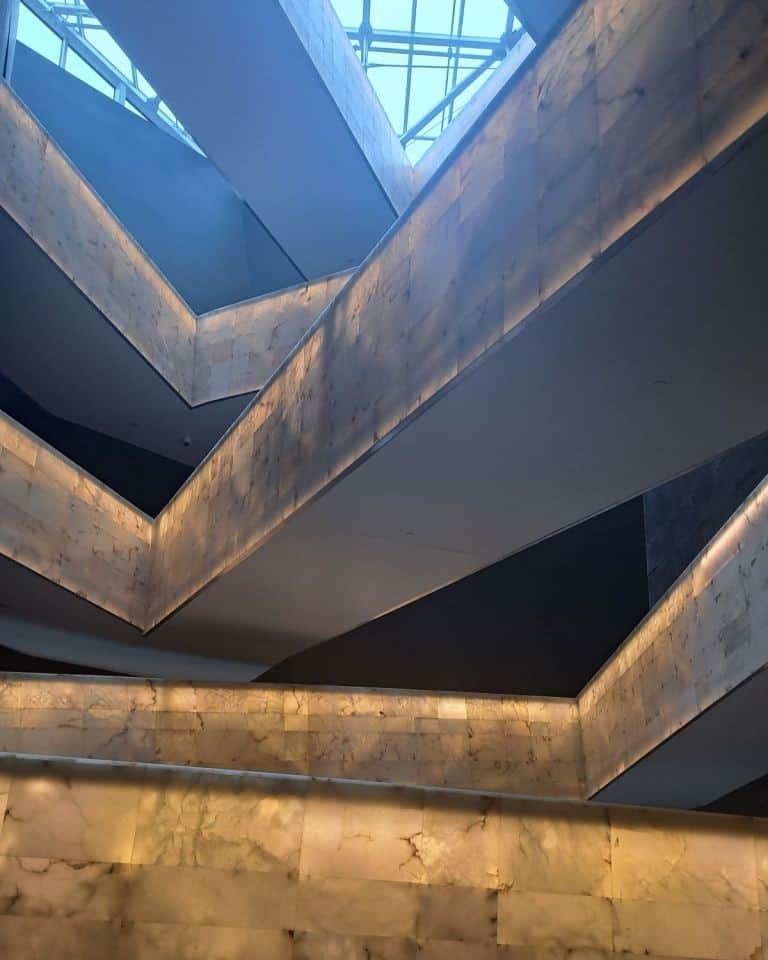
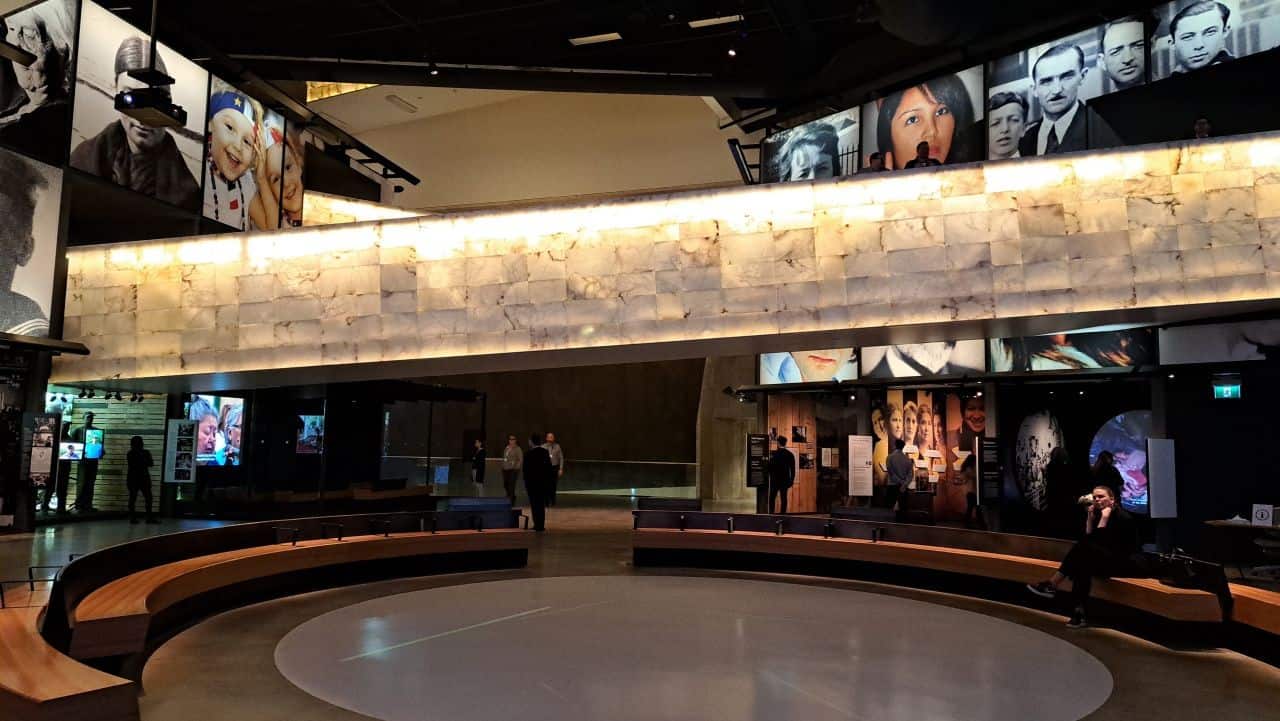
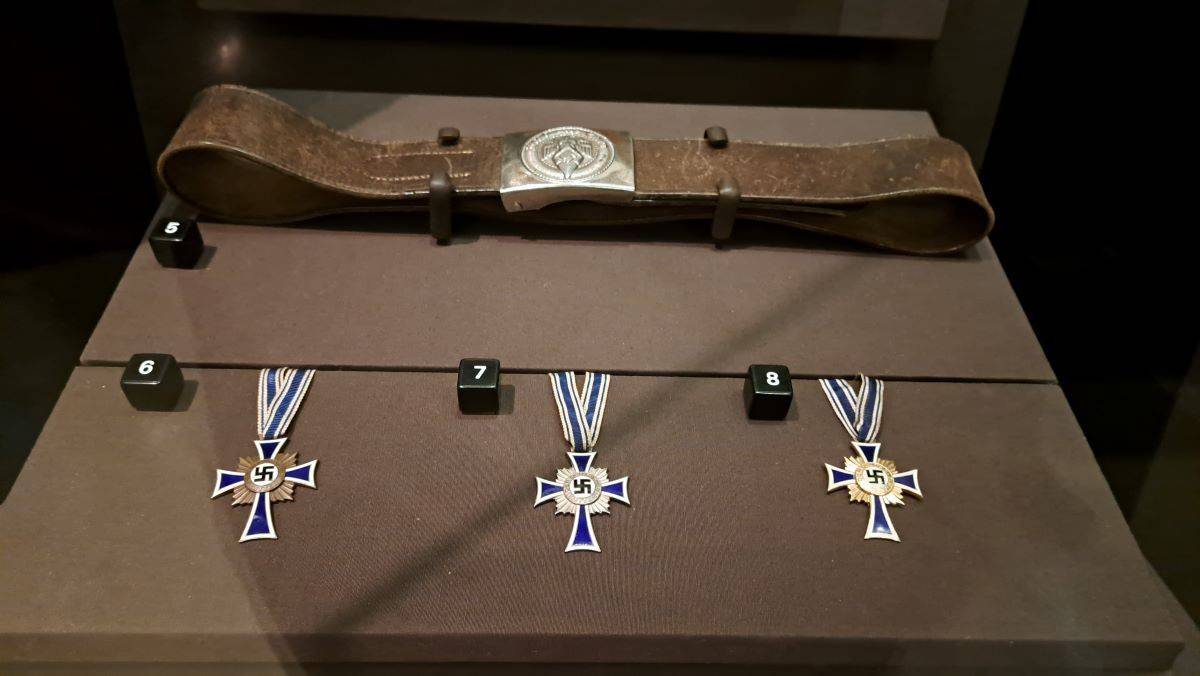
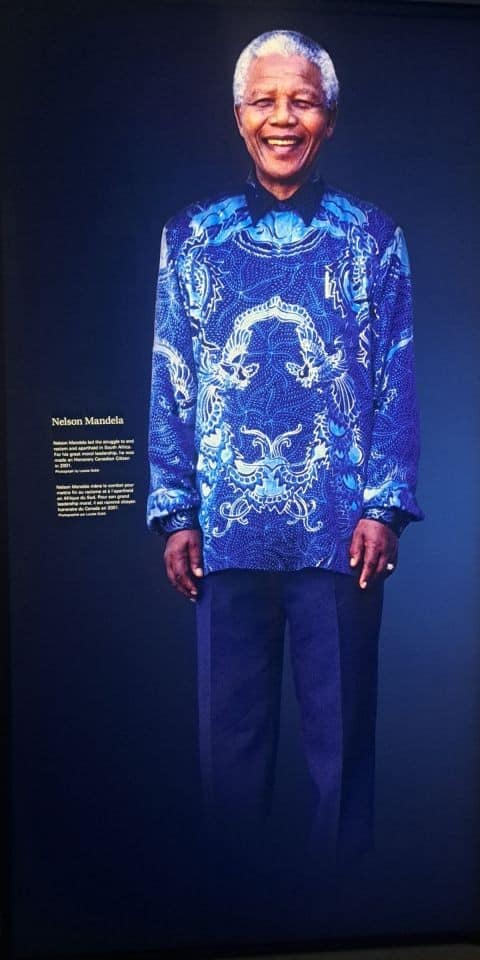
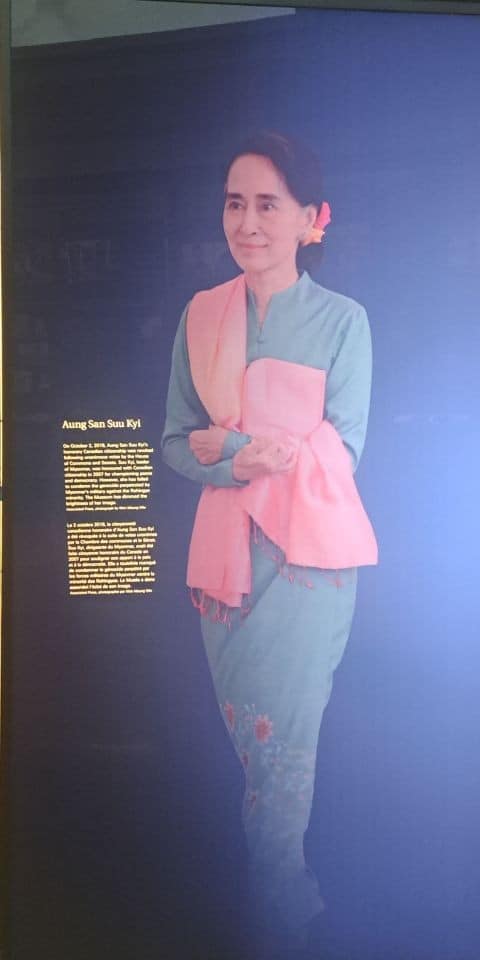
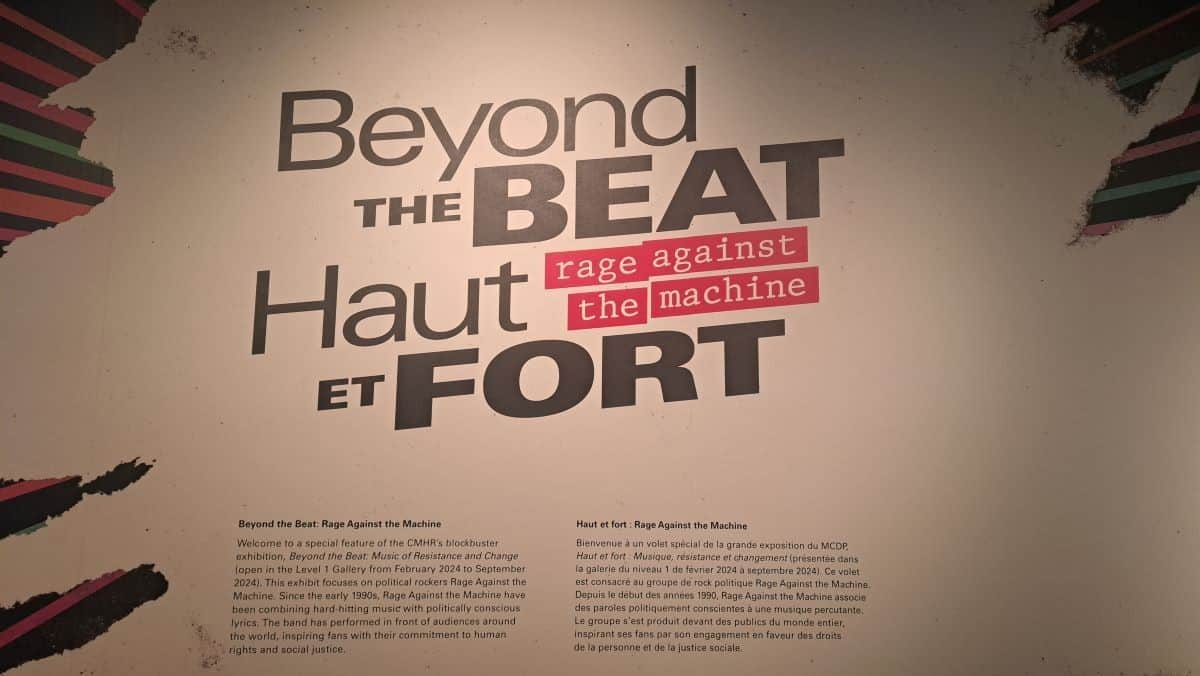
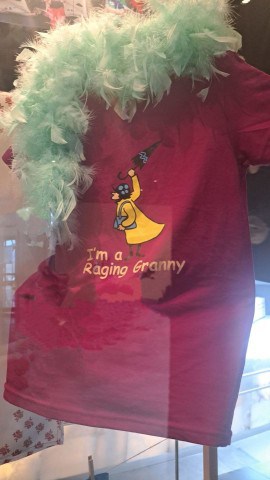
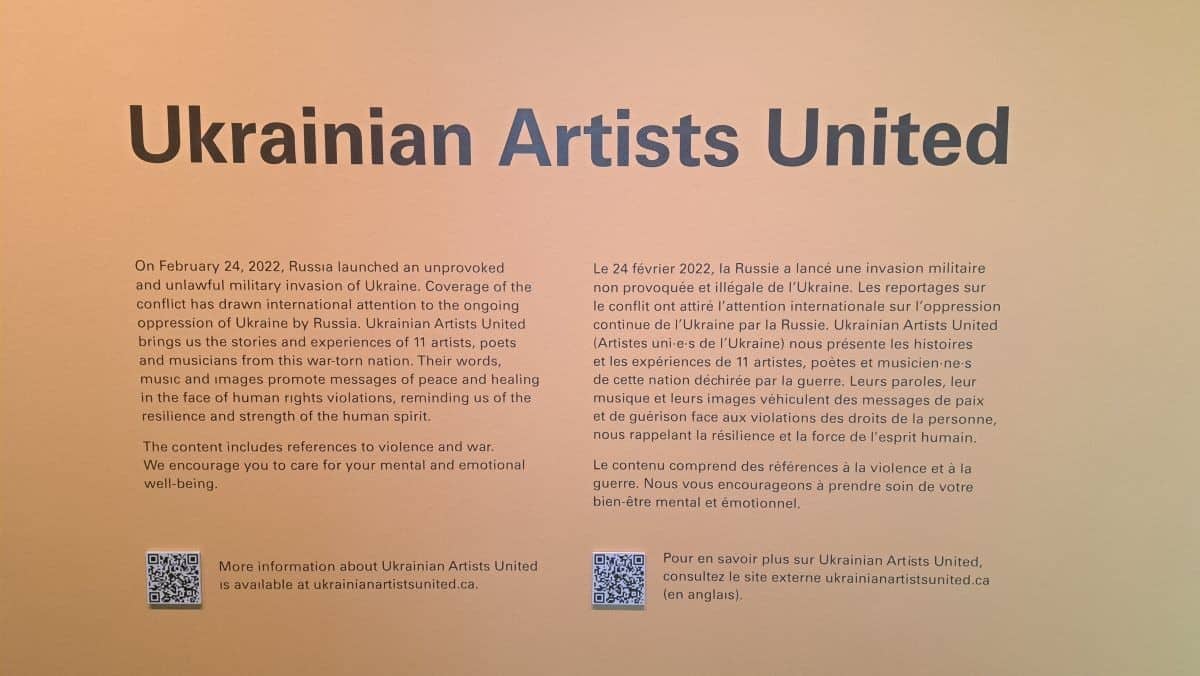
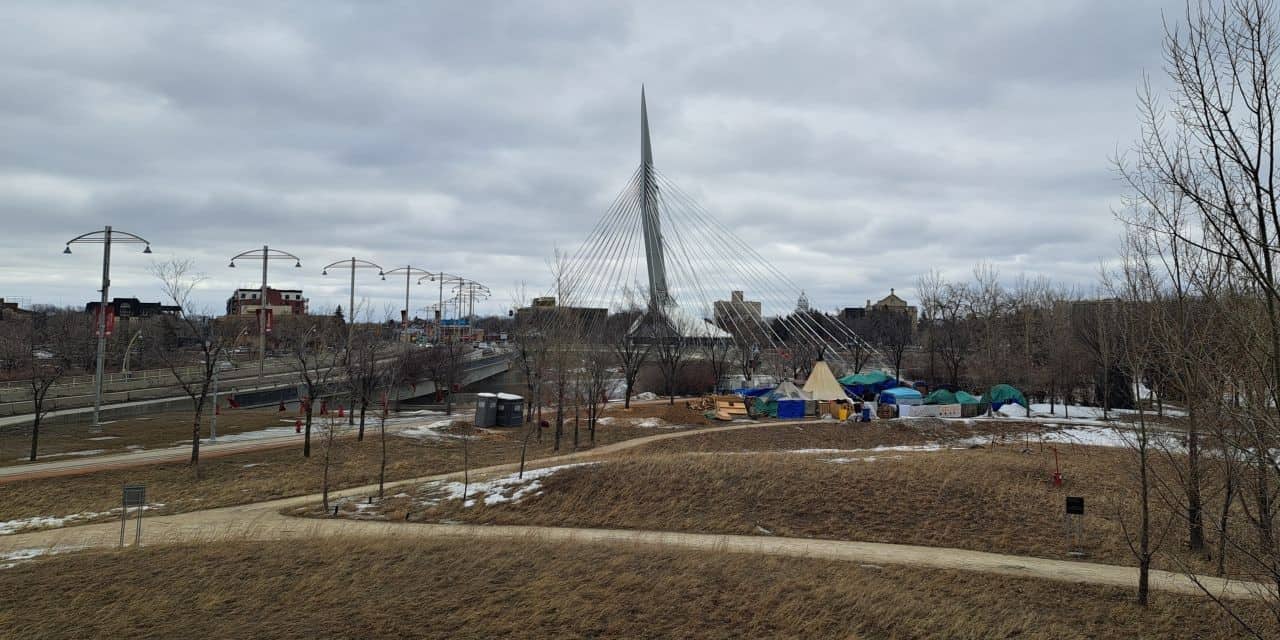
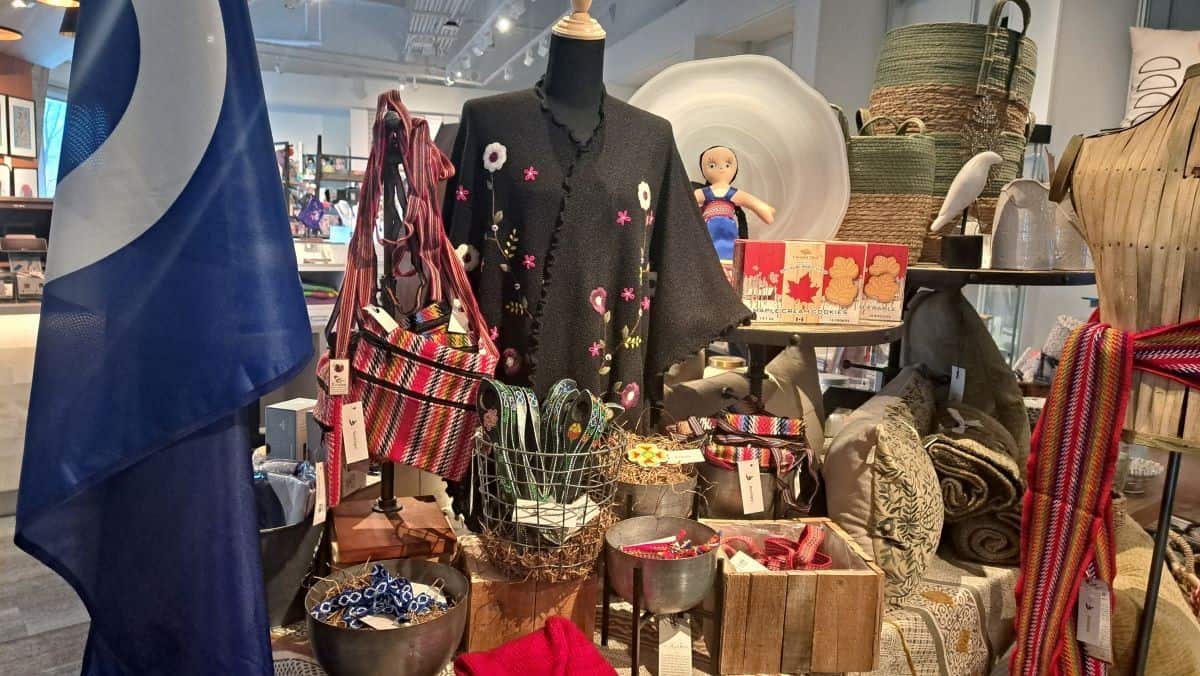
Comments